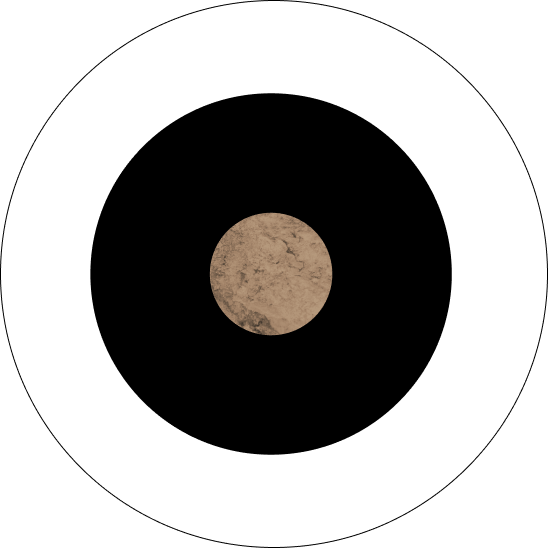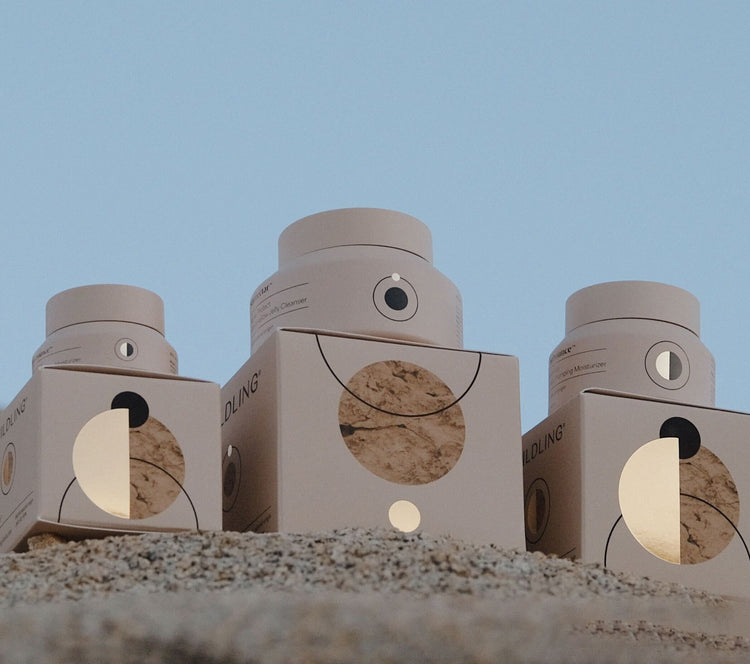We’re proud to share these healing modalities in service of collective well-being.
Gua sha originated in China during the Ming Dynasty (1368 - 1644) and is rooted in traditional Chinese medicine. It has been used both as a type of family folk medicine as well as in clinical practice by acupuncturists.
“Gua” 刮 translates as “to scrape” “Sha” 痧 translates as “disease, illness, or sand”. This refers to the small red dots that can appear on the body when firm pressure is applied and is an indication of disease, stagnation, and heat leaving the body.
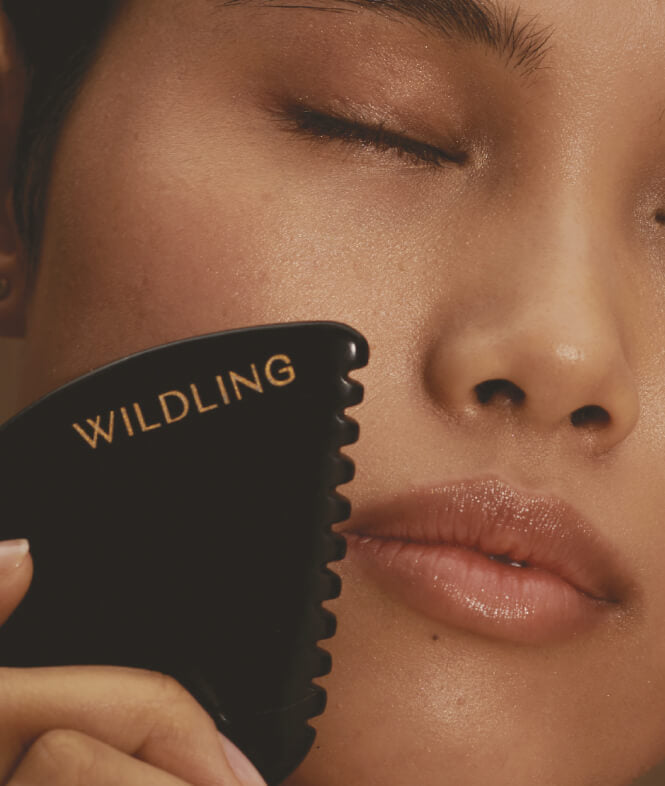

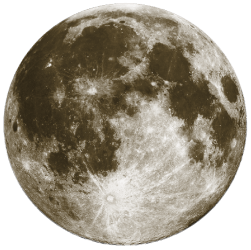
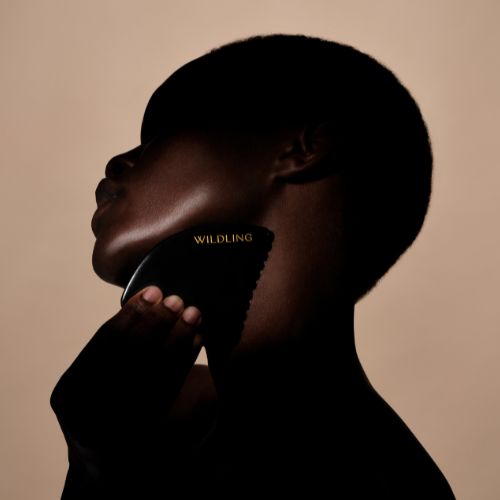

Gua Sha is one of the most ancient and easily applicable ways of helping people feel better.
For thousands of years, people in Asian cultures have used gua sha at home to reduce fever, relieve muscle tension, and boost the immune system.
Both cupping and gua sha clear stagnant energy from the tissues and the body as a whole to promote overall health.
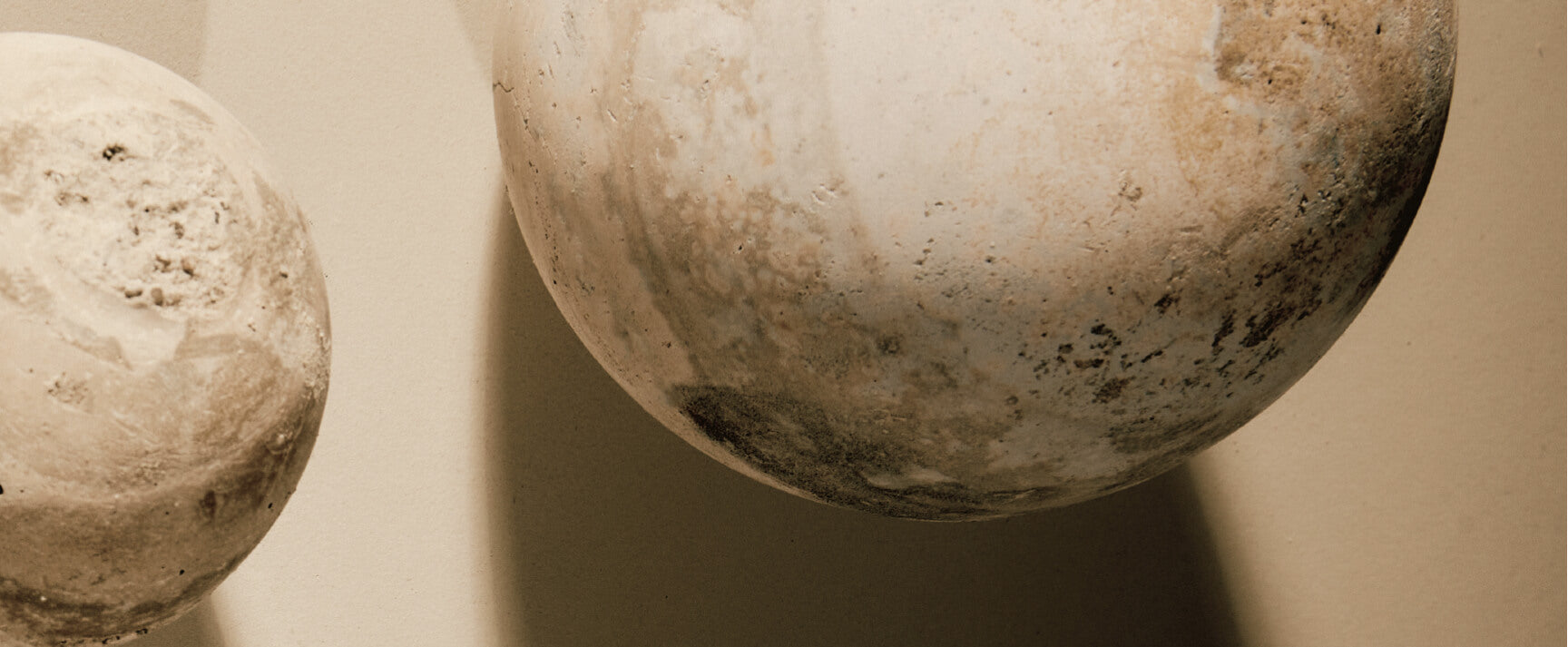
Cupping and gua sha are used interchangeably to treat similar conditions.
Cupping is a Traditional Chinese Medicine healing modality that can be traced back to roughly 300 AD. Cupping is commonly used on the upper back to benefit the lungs and clear congestion - it is perhaps best known for its benefits to the pulmonary system. Traditional fire cupping is done by inserting a flame into a cup to create suction that pulls the skin away from the muscle layer.
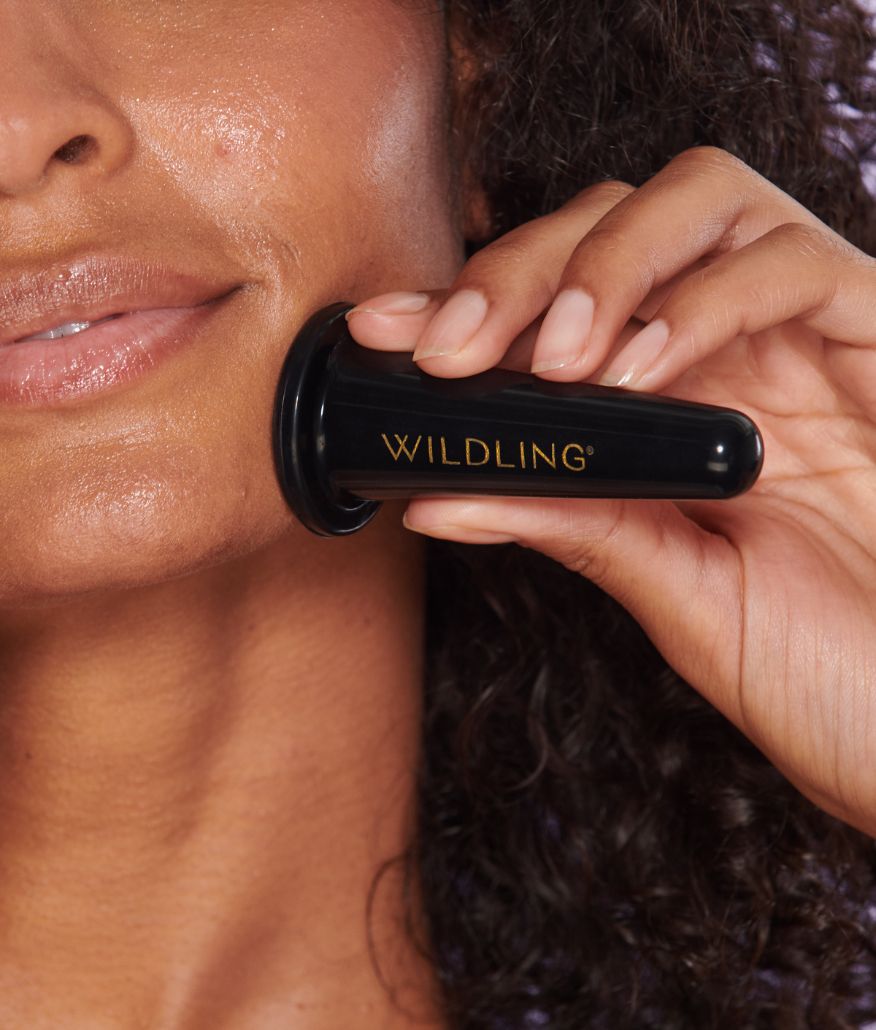
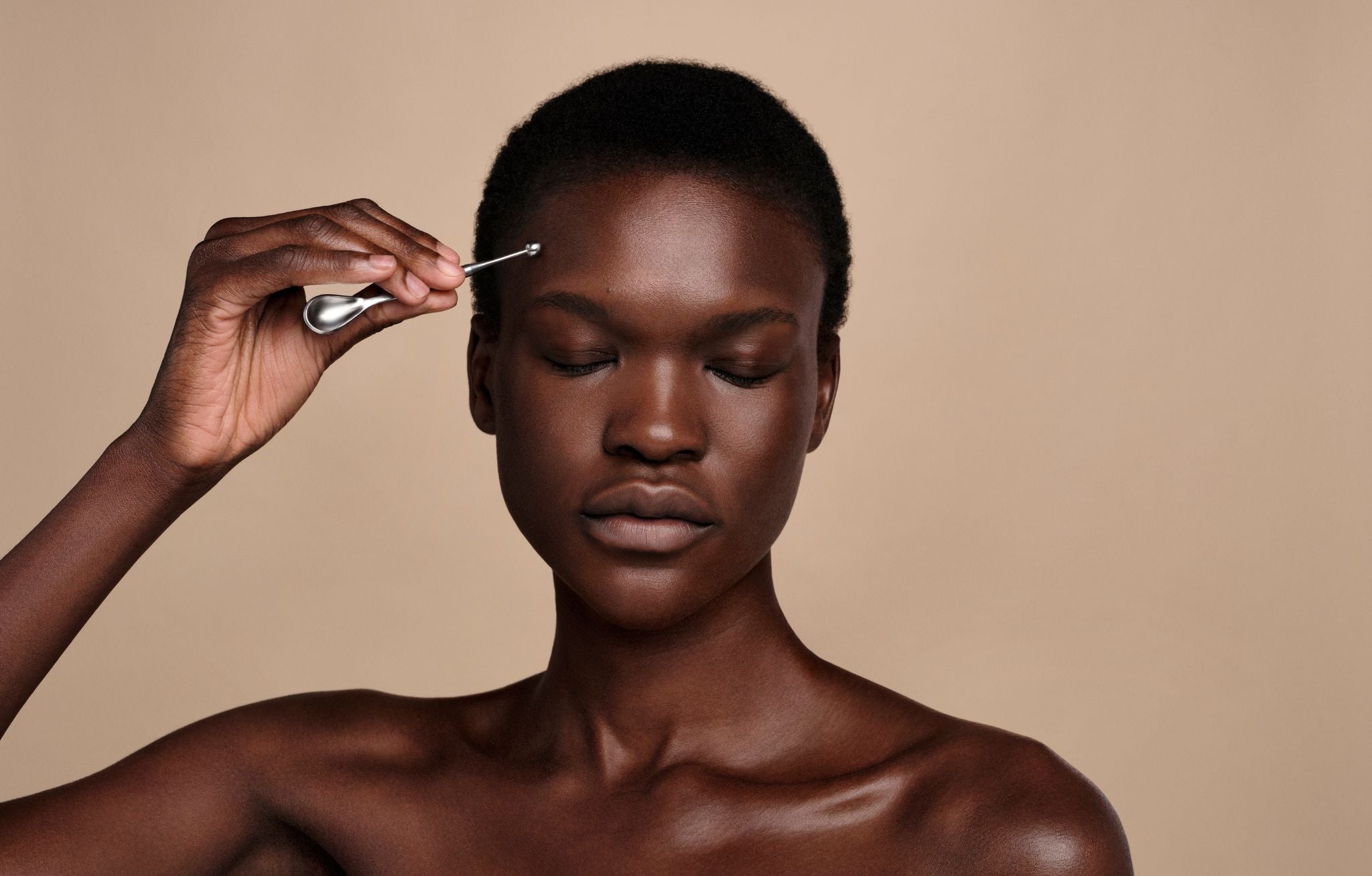
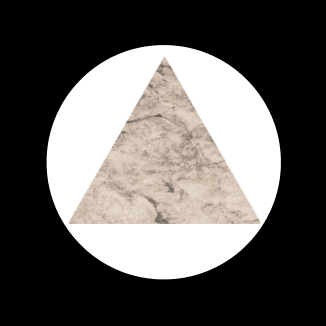
Inspired by healing and wellness
Wildling is founded by an acupuncturist, herbalist and holistic esthetician interconnected by the curative principles of skin longevity and whole-body healing. We share a deep-rooted connection to herbal and Chinese medicine through professional education and training, yet we each bring a unique point of view of the brand.
